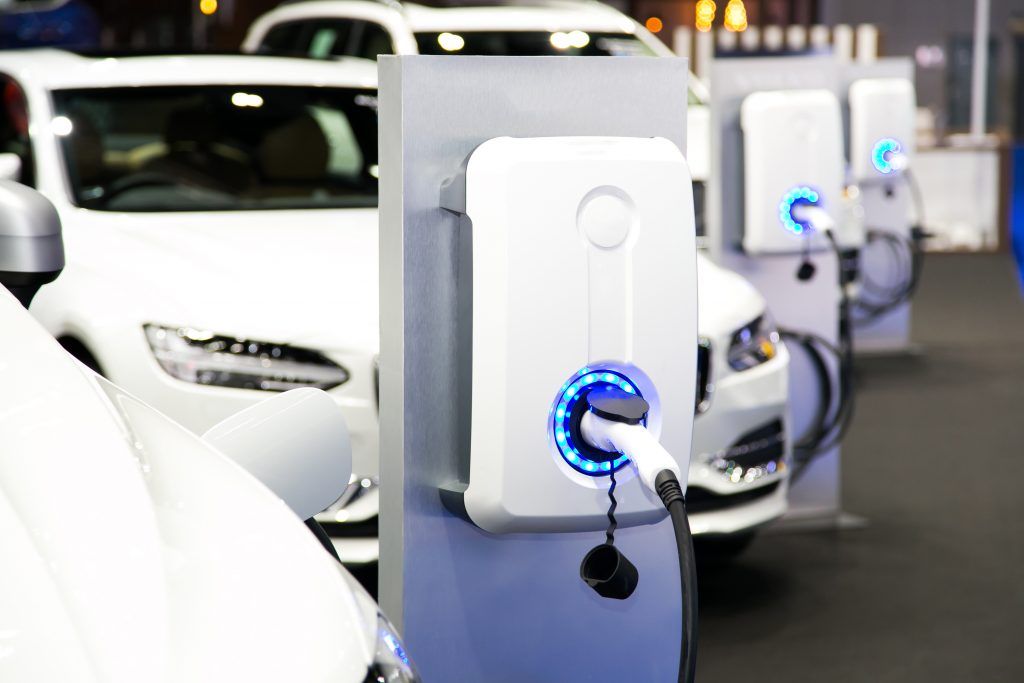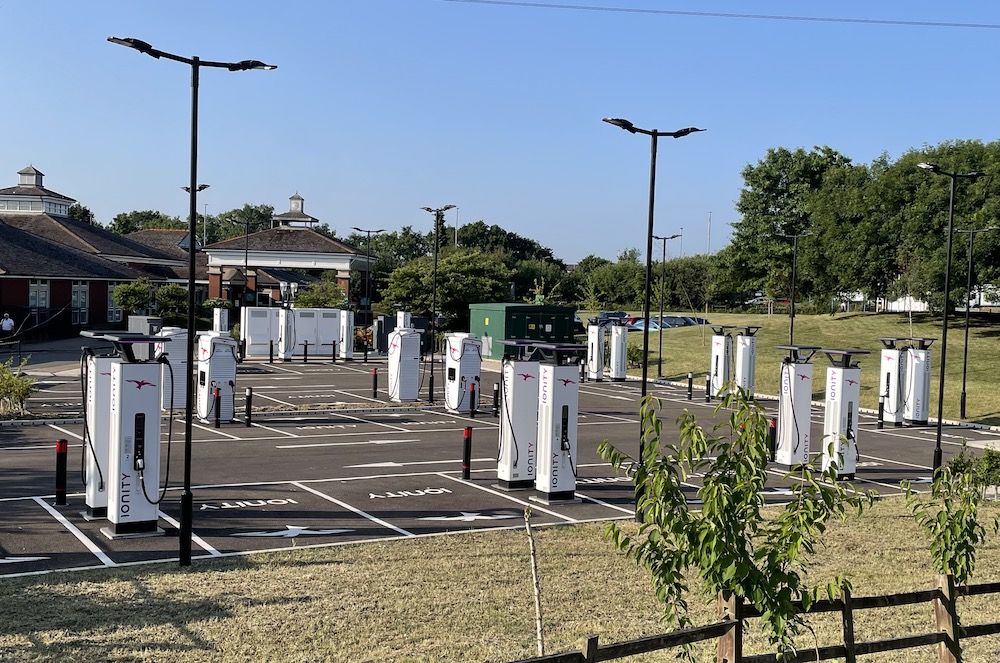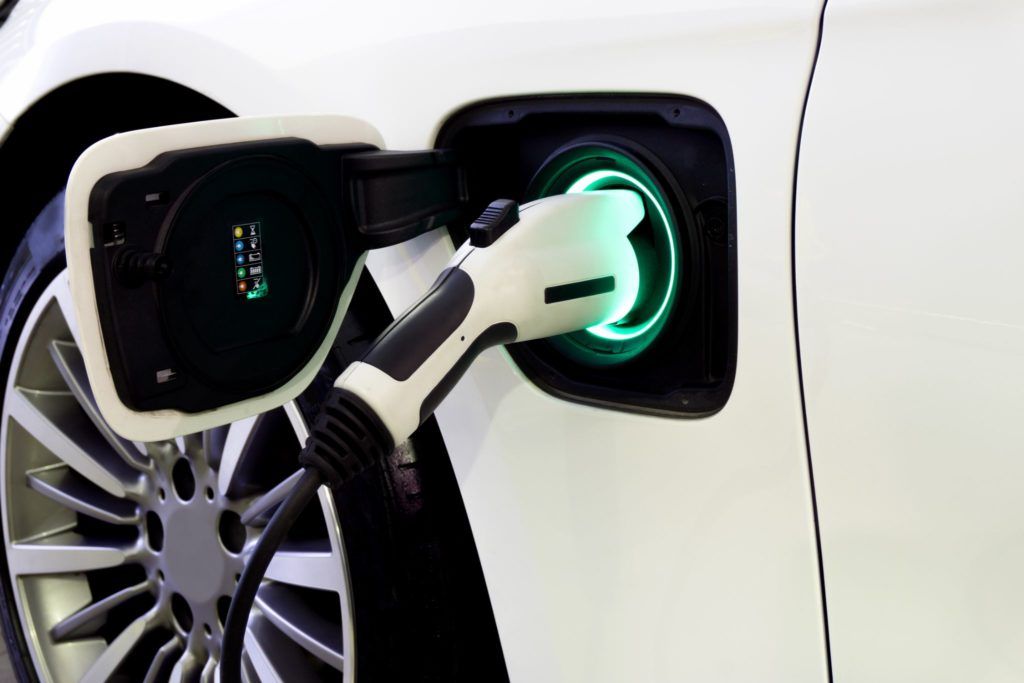EY’s annual electric vehicle (EV) Country Readiness Report shows that consumer demand continues to grow with the UK ranked 5th out of the top 14 markets.
China has retained the top position when it comes to progress toward an electric vehicle (EV) future, according to the Index. The Index looks at the preparedness of the top 14 vehicle markets for the arrival of EVs based on supply, demand and regulation. New entrant to the Index, Norway, is a close second to China due to huge uptake in demand and strong regulations. Sweden, Germany and the UK round out the top five respectively.
Battery manufacturing and supply chain control remains a key driver for China leading the way, as it accounts for 122 out of 200 lithium giga factories in the world. Backed by soaring consumer demand (51% of Chinese consumer respondents expect to buy an EV as their next vehicle) and widespread charging infrastructure (by 2021, China had deployed 41% of all DC fast chargers), China continues to be the largest EV market globally in absolute volume terms. This is despite having an overall electricity supply deficit.
Norway, a new entrant to the Index, has long been a pioneer when it comes to EV adoption. This is due to strong regulation in the form of tax benefits, as well as the introduction of EV lanes and parking spaces, resulting in EVs accounting for more than 70% of all new 2021 car registrations. Sweden’s strong energy ecosystem along with high consumer uptake (more than 40% in 2021, according to EY analysis) and strong manufacturing presence (41% of all cars produced in Sweden are expected to be electric models between 2022-26), means the country remains ahead of Germany and the UK. However, both Germany and the UK have a decidedly strong base of original equipment manufacturers (OEMs), localised battery production and upcoming EV launches deserving of their “Leaders” status credited in the report.
Randy Miller, EY Global Advanced Manufacturing & Mobility Leader, said: “Earlier this year, the 2022 EY Mobility Lens Consumer Index indicated for the first time that more than half of all consumers looking to buy a car want an EV. We know now that the demand is there, and now it is up to OEMs and governments to catch up. China, Norway and the other Leaders listed in the Country Readiness Index have demonstrated that a strong mix of regulation to stimulate demand, combined with localised battery production and implementation of a robust infrastructure plan, are critical factors in helping countries successfully transition to EVs.”
Regulation is key
Four of the top five countries overall in the EY Electric Vehicle Country Readiness Index are also in the top five countries in the regulatory pillar (China, Norway, UK and Germany). It is clear that there is a strong correlation between overall success and the strength of regulation.
Miller says: “If countries want to reduce their emissions from vehicles and help meet climate targets through a move to EVs, then it is clear that regulation is absolutely key. There are some countries where we’ve seen regulatory action recently, most notably in the US, so it will be interesting to see whether that effects supply and demand going forward. The challenge for every country is the inflexion point at which regulation is no longer needed and EVs are established in the market. Clearly some believe they’re nearly there as they are removing incentives, but others have work to do in order to achieve their EV goals.”
US stuck in low gear
Despite a robust OEM presence and strong backing from US President Biden’s administration, the US remains at seventh overall – the same position on the Index as last year. However, this is mainly due to poor demand according to the report. Less than 4% of new car registrations in the US are EVs and, as the EY Mobility Consumer Index shows, just 29% of US consumers are looking to buy an EV as their next vehicle, the lowest of all the countries surveyed.
Miller says: “While more work clearly needs to be done in driving consumer demand in the US, I believe the country is moving in the right direction when it comes to EVs. The federal government is putting around US$10b into EV battery supply chains and charging infrastructure, and the manufacturing sector is seriously gearing itself up for EV production, with 13 battery plants due to be built across the country by 2025.”
Despite having the highest proportion of respondents looking to buy an EV (73%), Italy lags behind its European neighbors at 12th position. This is largely due to a lack of infrastructure and an energy ecosystem in need of improvement.
Canada follows in 13th position, despite a strong energy ecosystem and plans for battery factories to be built in the country. It also trails in demand, in some part due to the high cost of EVs in Canada.
In 14th position, India is facing some similar issues to Canada with charging infrastructure and affordability emerging as major barriers to progress. Efforts are being made in regulation, however, with production linked incentive schemes looking to incentivize 50GWh of battery manufacturing.
Image courtesy of Shutterstock.














